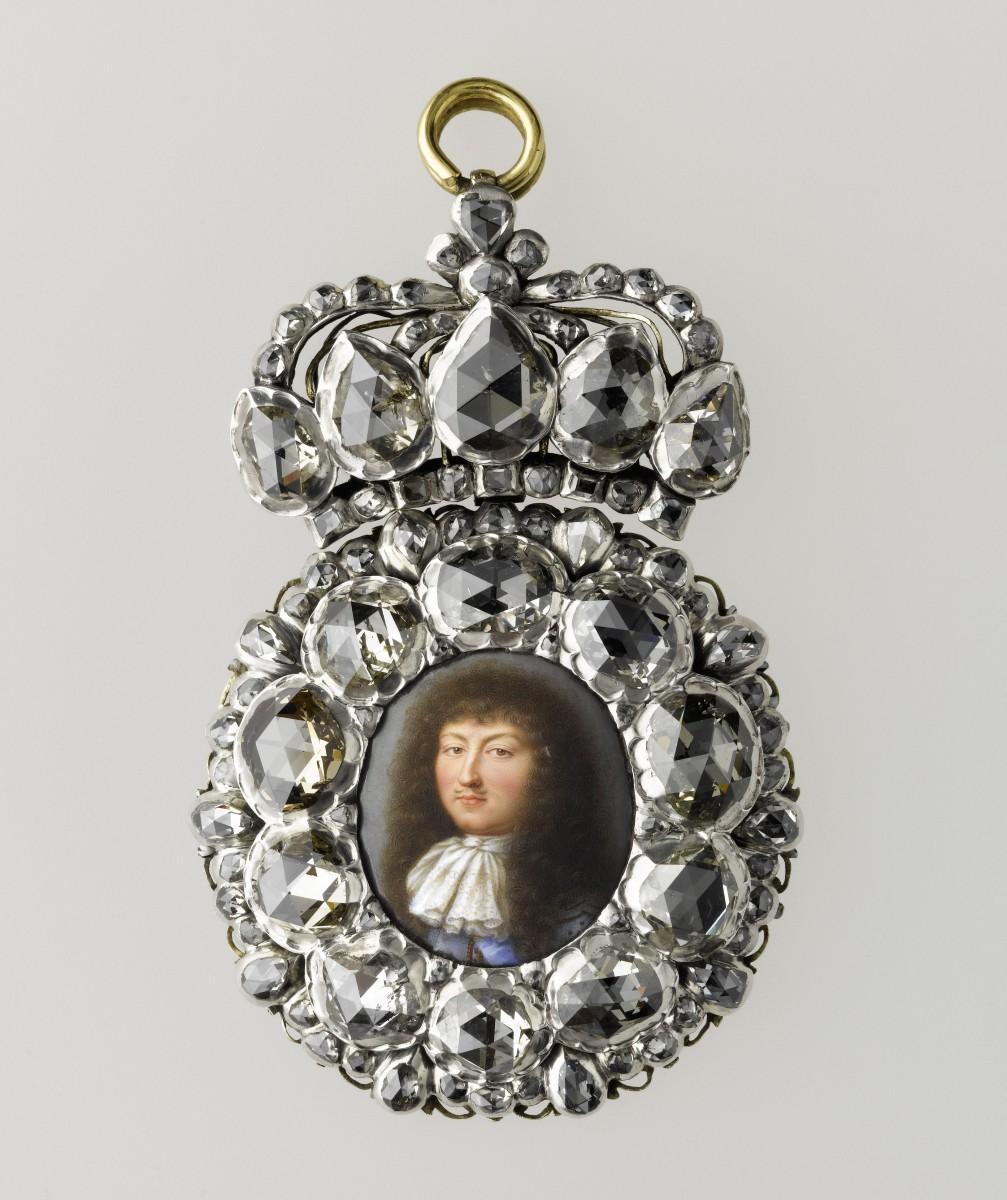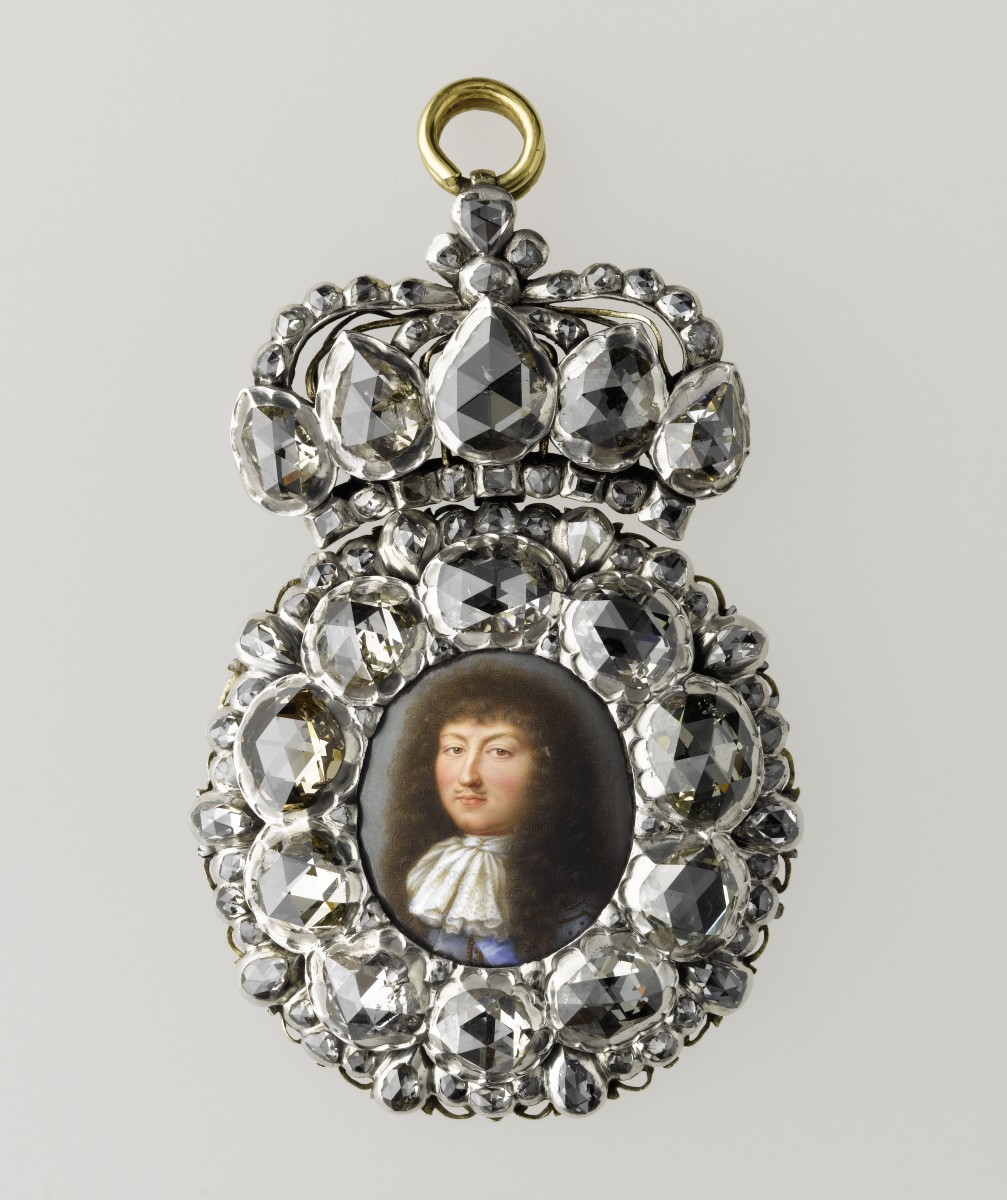SAN FRANCISCO—A world-class collection of splendid works of art brings French rulers’ grandeur to California. Exquisitely crafted Gobelins tapestries, hardstone cups, silverware, and furniture are on loan from the Louvre at the Legion of Honor until March 17.
King Louis XIV, known as the Sun King, laid the foundation for his fame as patron of the arts in the beginning of his reign, between 1660 and 1690.
A large tapestry, named after the Gobelins, a French family of dyers and weavers, tells of the rise of the Parisian tapestry manufacturers. It also invites visitors to the exhibition titled Royal Treasures From the Louvre: Louis XIV to Marie Antoinette.
Mounted Hardstones
The main gallery, dedicated to King Louis XIV’s collection of mounted hardstones, attracts with translucent cups, vases, ewers, and artistic buckets. The visitor’s heart swells at the magnificent beauty of carved stone and precious decorations made from diamonds and other gems, as well as exquisitely crafted figures. These include birds, dolphins, a horse with a fish tail, and a lizard with a snake head.
“I wanted them to represent the highest aspect of kingly taste,” said Martin Chapman, curator in charge of European Decorative Arts and Sculpture at the Fine Arts Museums of San Francisco.
“The ‘Gemmes de la Couronne,’ as the royal hardstones are called, ranked No. 2 in the hierarchy of Louis XIV’s most precious collections.
“Number one was his collection of gemstones, which was the largest collection in the world,” Chapman said. As the French crown jewels have largely been dispersed, it is Chapman’s great pleasure to see “the next layer down in terms of the king’s own predilection,” currently in San Francisco.
A shell-shaped rock crystal cup, placed in the center of the exhibit, seems to vibrate with life. A bird with 4-inch-wide wings looks as if it has just landed on the edge of the cup, captured for eternity in a great piece of art.
“I was excited by the idea of drinking out of something like that, particularly all the shell cups with all the interesting shapes,” said Gary Thorne, a manager of computer programmers, from Southern California.
Thorne appreciated having “a bit of the Louvre come to us,” he said when visiting the exhibition with his wife, Karen, earlier this year.
An amethyst cup from the 16th century appears rose in color from afar and purple upon closer inspection. It stands out from the many other cups. “‘Did he use them?’ I wondered, ‘Did he use them ever or were they just show pieces?’” Karen Thorne said.







